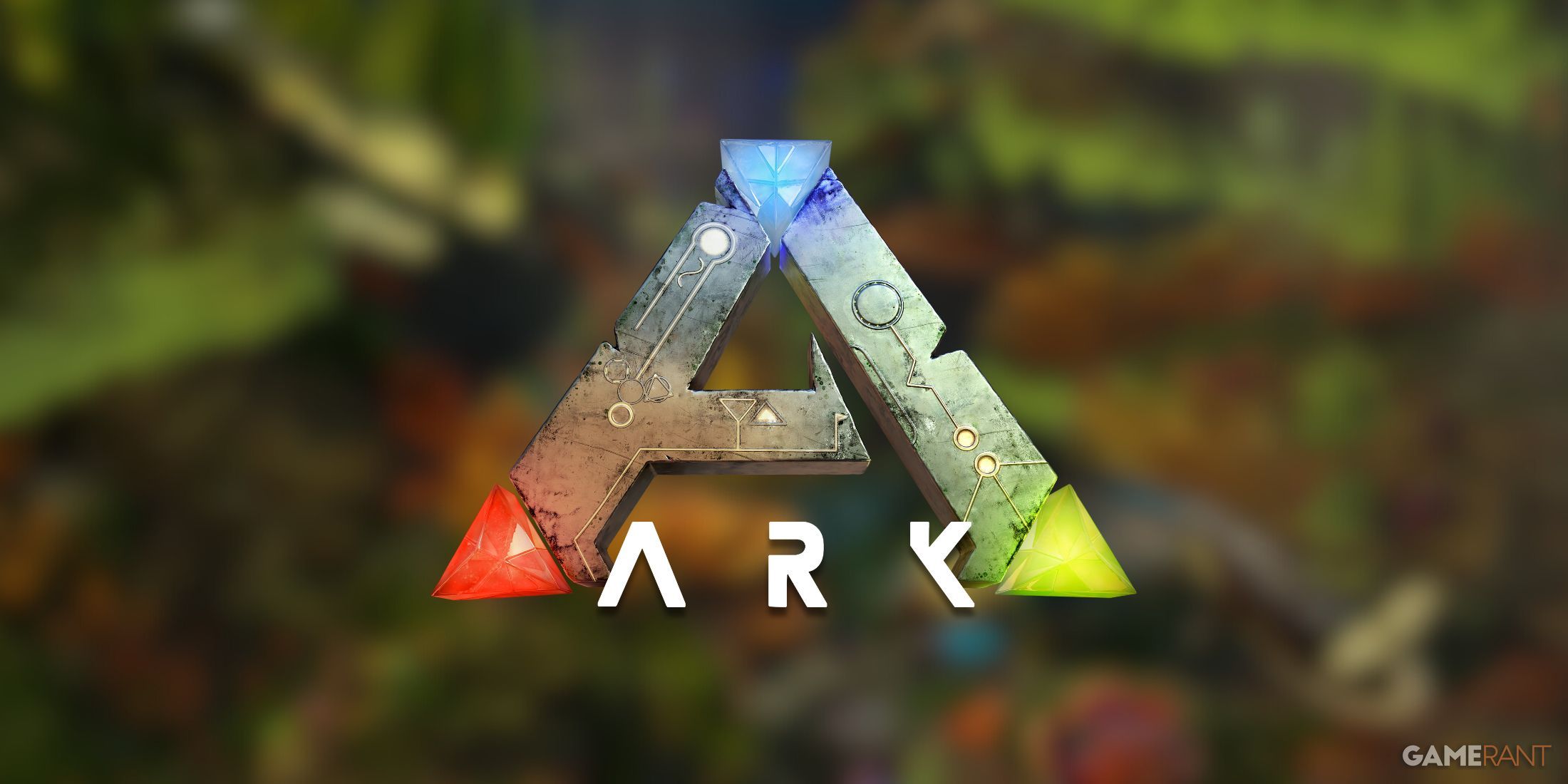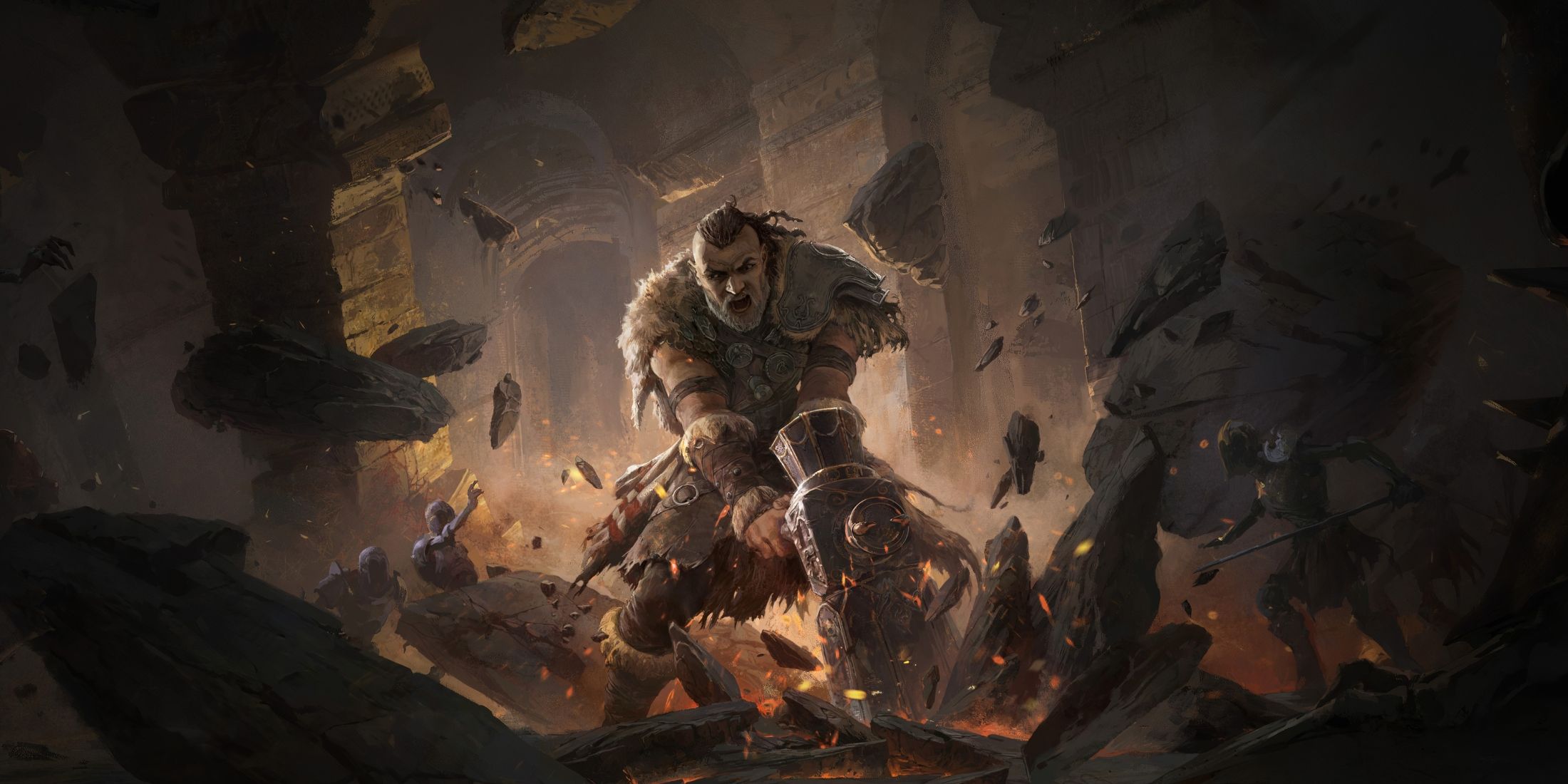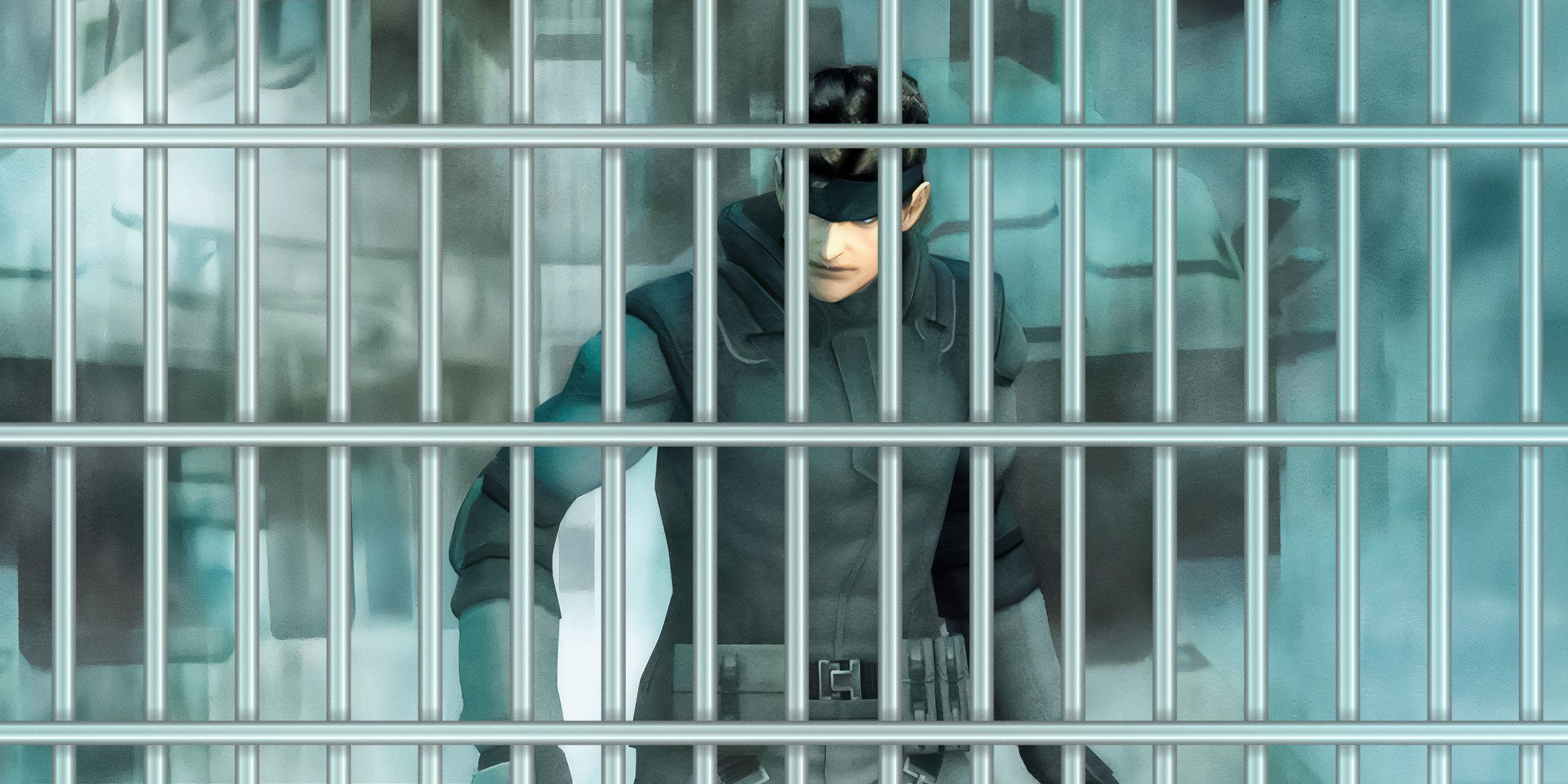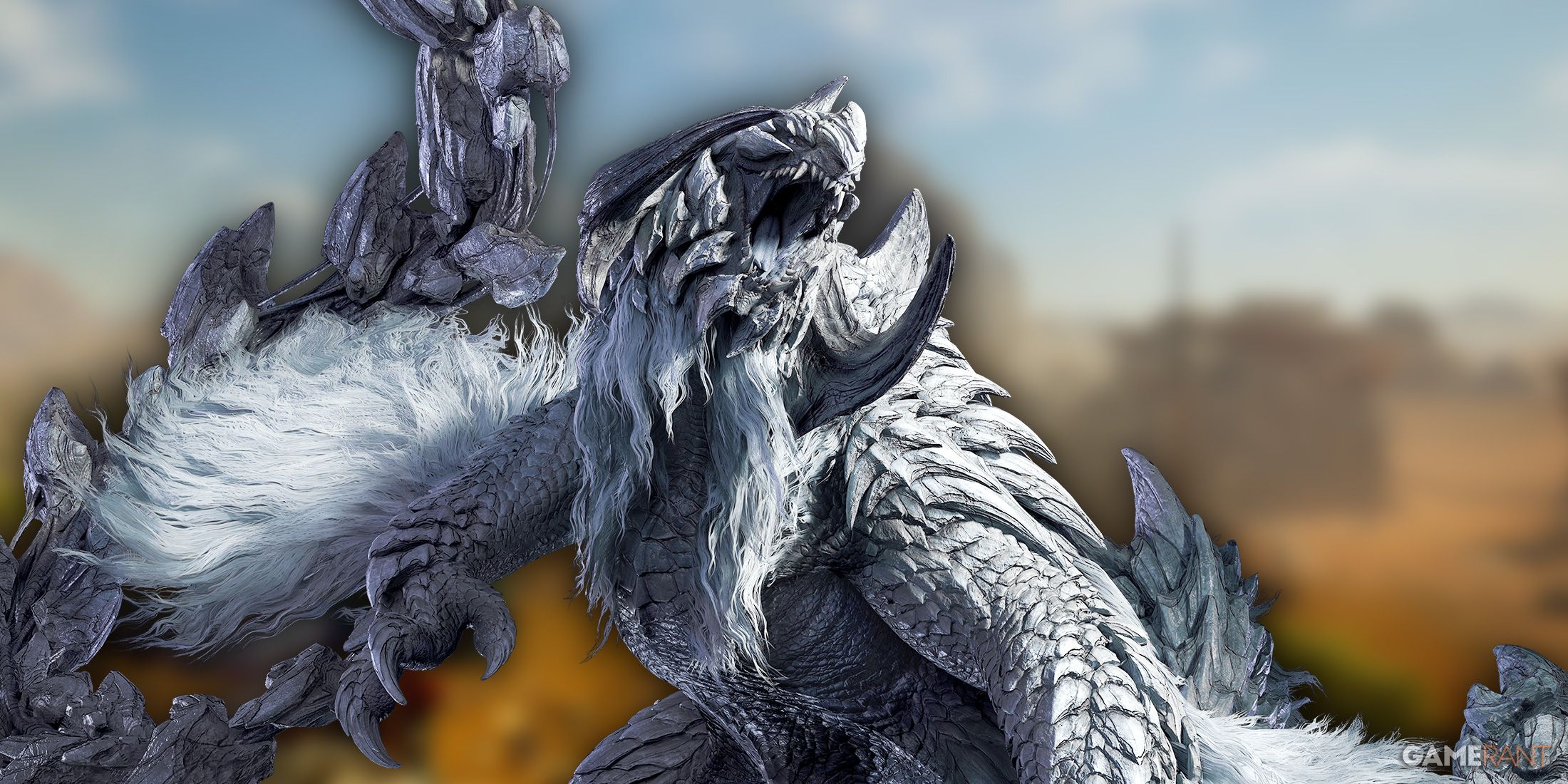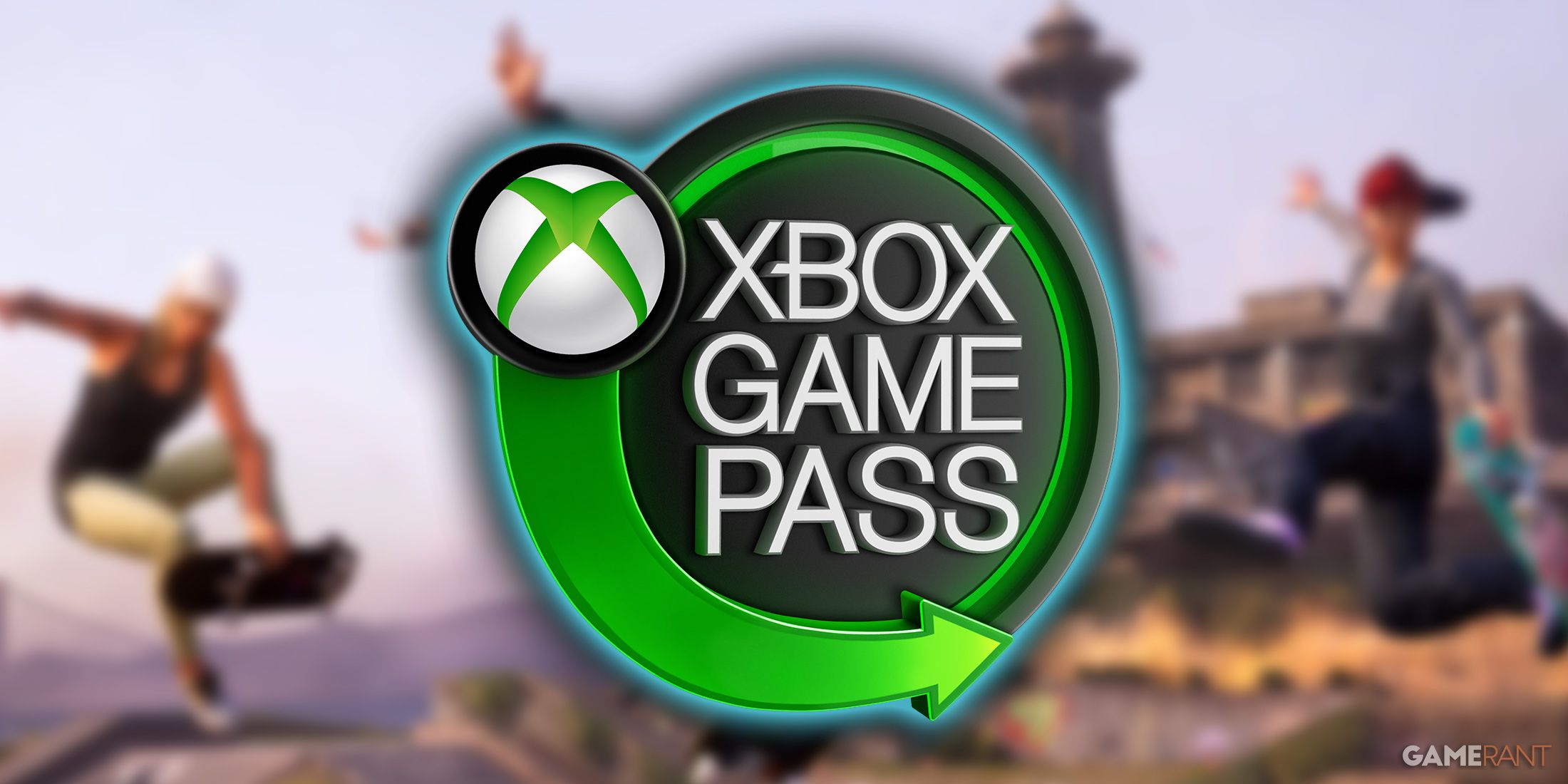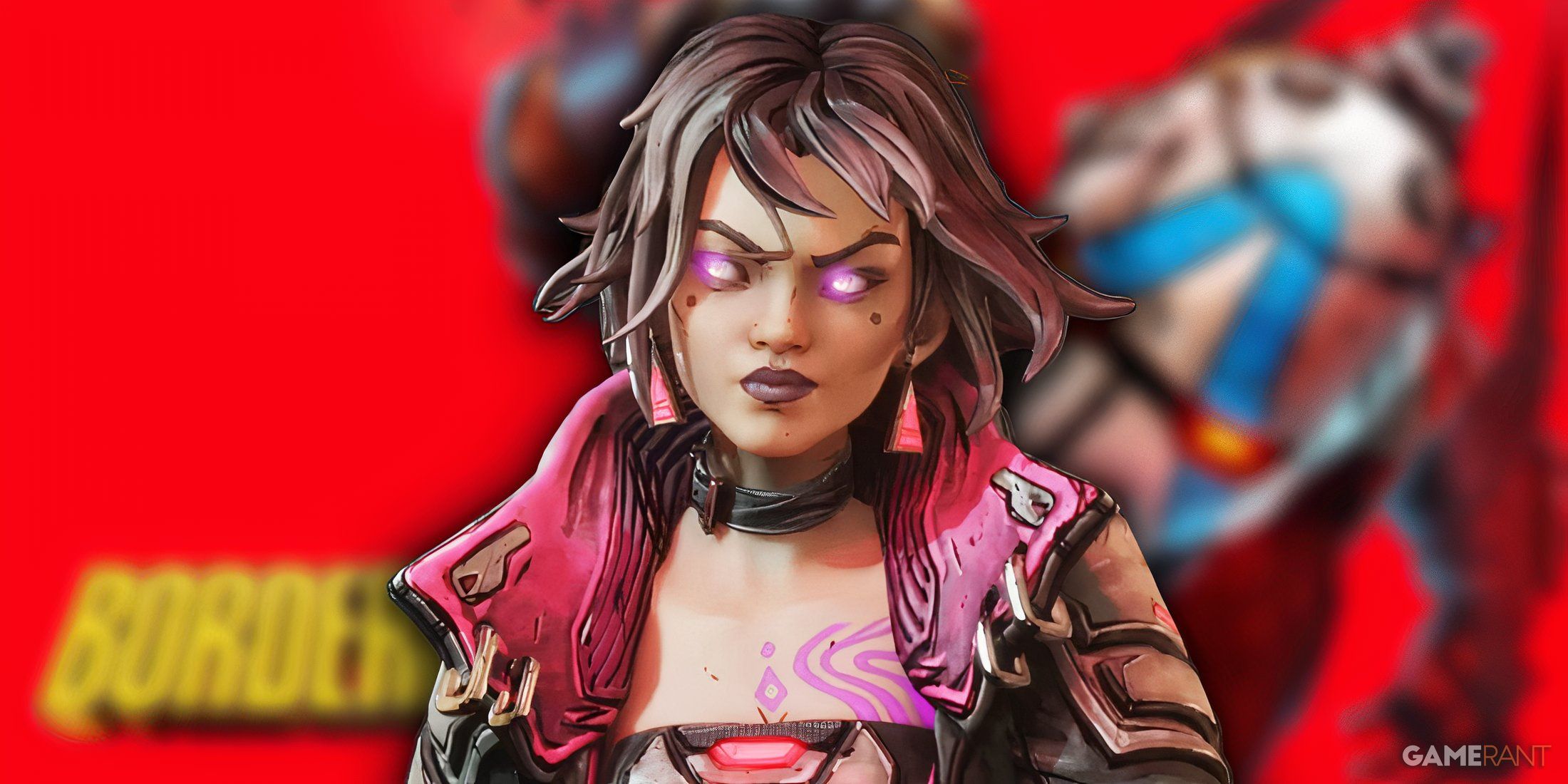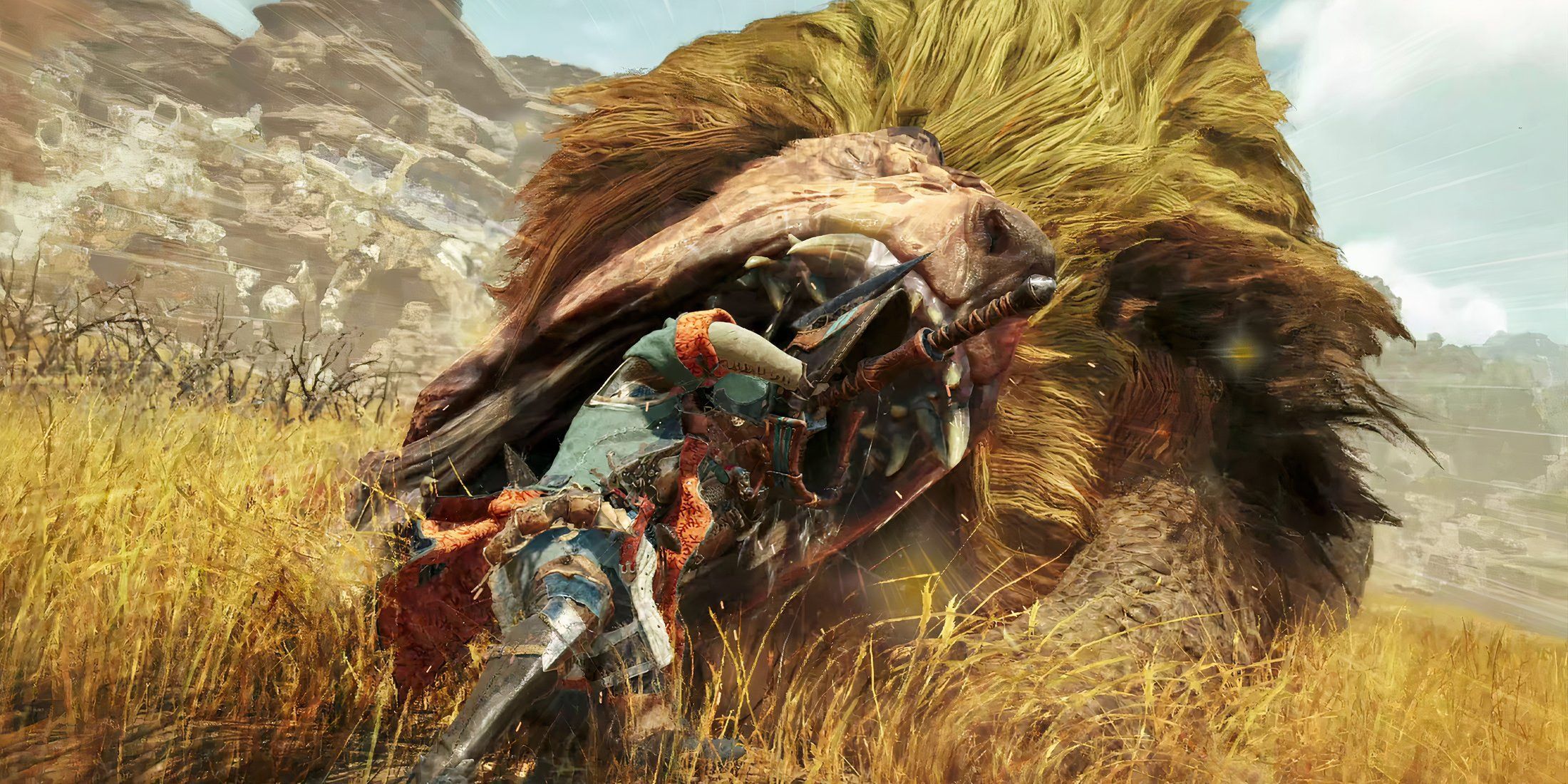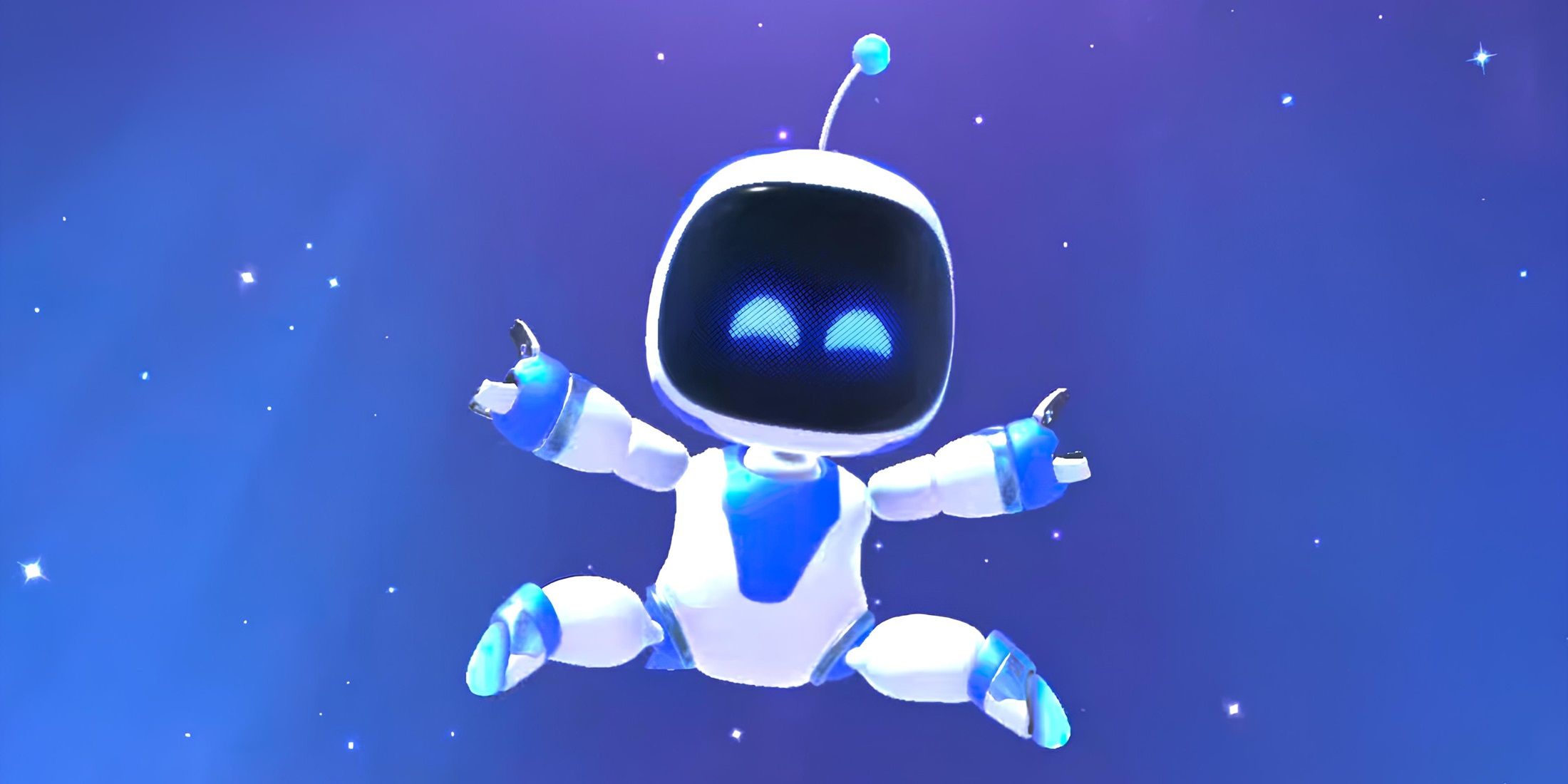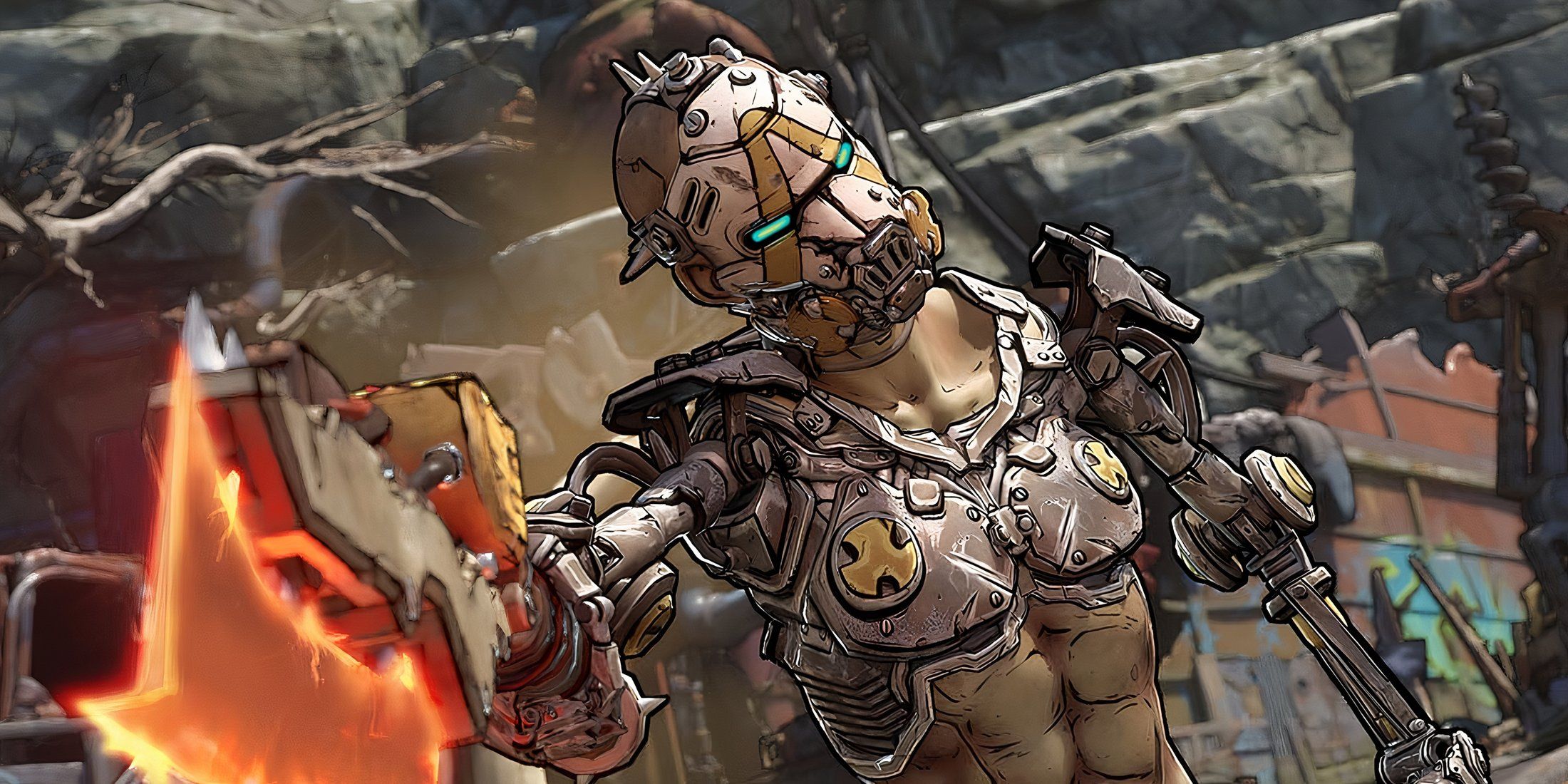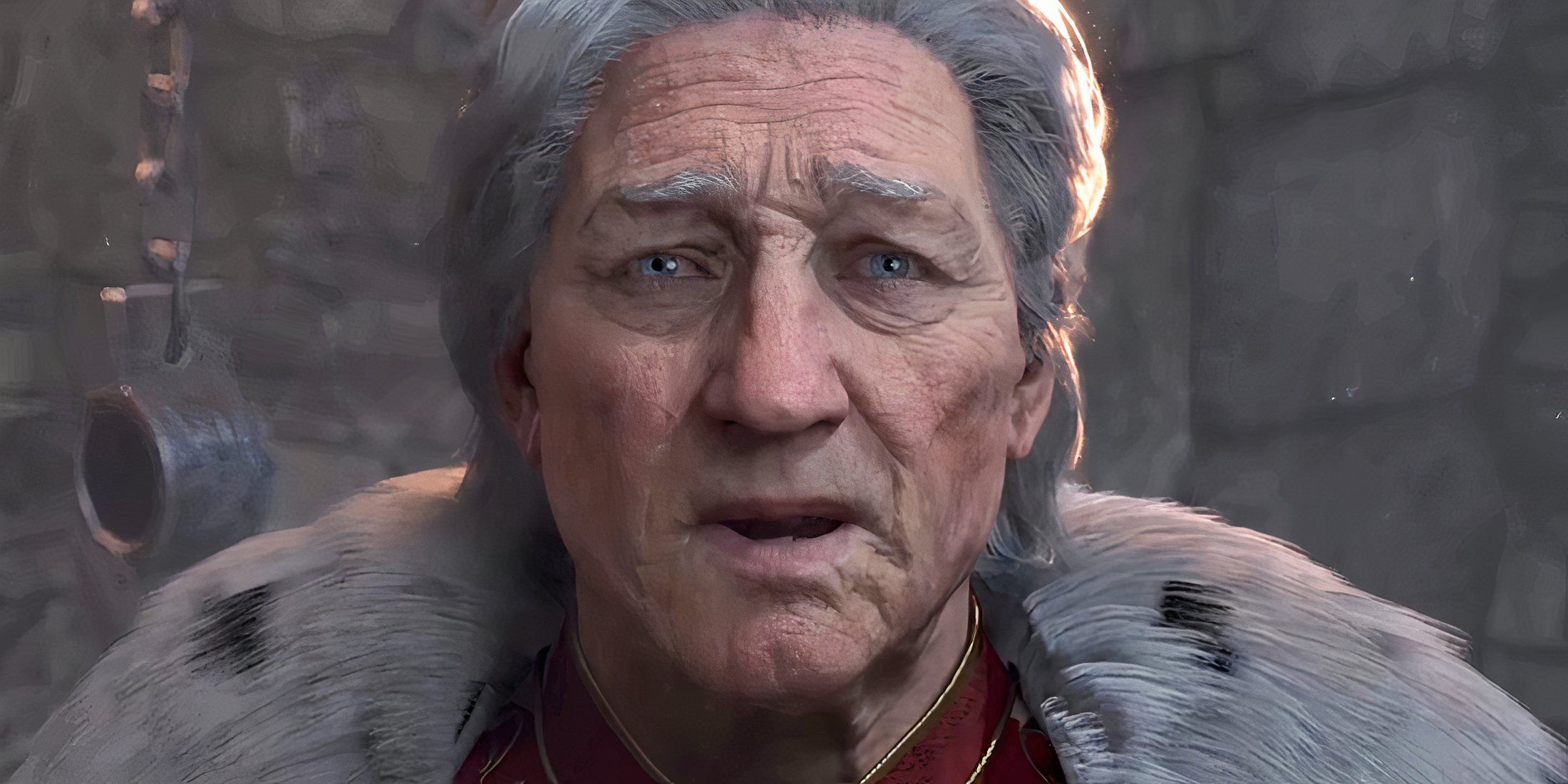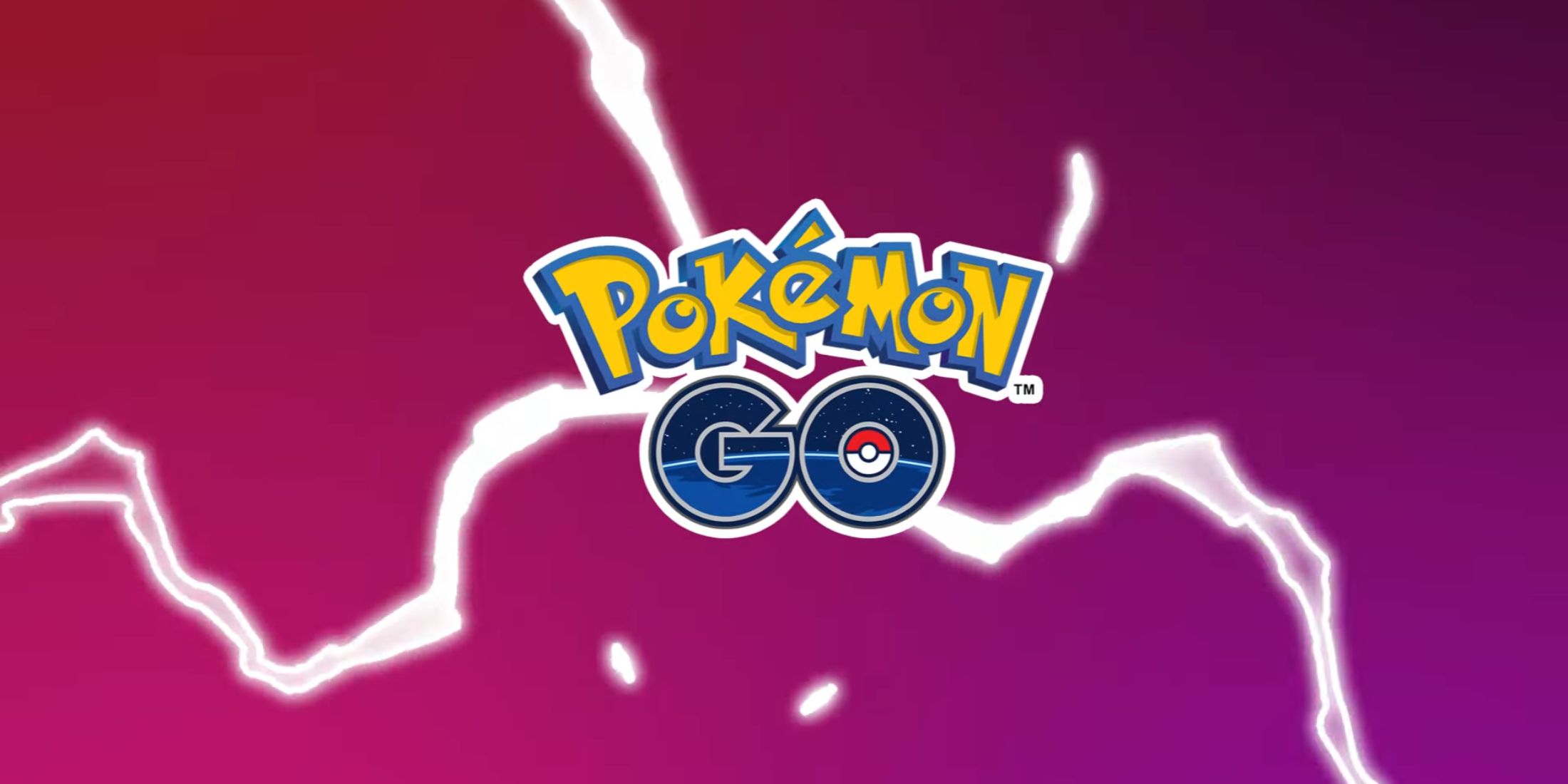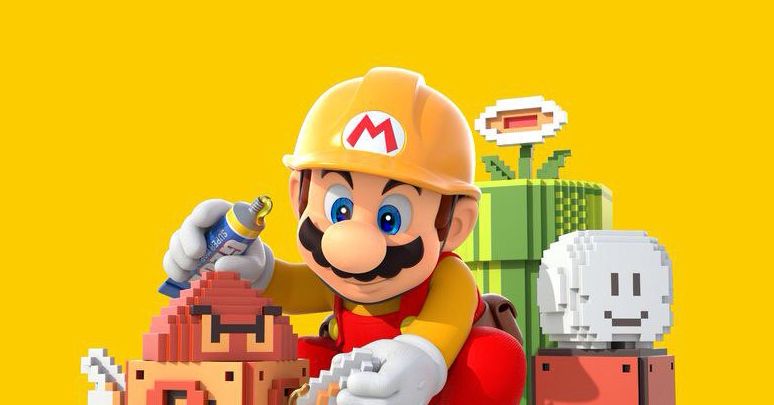
The past year was, as the company put it, a "transformational" period for Nintendo. But no one would have ever predicted just how transformational.
In many ways, Nintendo at the end of 2015 isn't all that different from Nintendo at the start of 2015, in terms of its position within the game industry. Sales of the Wii U home console continue languishing even after a much-needed injection of critically acclaimed games. The portable 3DS appears very much on the decline, with dwindling hardware sales and game schedule that hasn't impressed.
It's depressing to think that Nintendo is facing greater and greater struggles to continue to produce its own trailblazing game hardware. Throughout its history, Nintendo has constantly been ahead of the game, introducing so many of the play control features we now take for granted on game platforms, pushing forward with novel ideas that expand what we can do with games in a way that it wouldn't be able to if it was not in the hardware business. It's been able to create unique software like Super Mario Maker that wouldn't function nearly as well on a generic hardware device (or wouldn't be made at all in a more competitive environment). A game industry without Nintendo hardware is a lesser one, so when Nintendo starts to struggle with the fundamentals of the business, it's worrying.
The idea that this game release or that one will improve the company's short-term outlook is very much over at this point. What's needed to alter Nintendo's trajectory are big moves that aren't made in a day. To that end, 2015 was about positioning itself to become a different company. Its huge moves were about signaling significant changes in how the venerable game maker approaches its craft. As the year comes to a close, the pins are set up. All that's left is to roll the ball and pray.
Nintendo kicked off 2015 with Amiibos. Lots and lots of Amiibos. When the interactive figurines based on popular (and unpopular) characters sold out instantly, Nintendo wasted no time announcing more and more variations. Of course, what people wanted was some communication about if and when sold-out figures would return to stores, not an announcement of new ones they'd have to camp out for. With print runs incredibly low and some people getting more than $100 for figurines that cost $12.99, the first half of 2015 saw a lot of camping and disappointment until Nintendo took serious action to deflate the Amiibo bubble.
But selling millions of Amiibos didn't do much to juice sales of games and consoles. January saw the release of the New Nintendo 3DS model in the US alongside a game fans had long sought, a portable remake of The Legend of Zelda: Majora's Mask. The New Nintendo 3DS has a significantly better stereoscopic 3-D effect, a second analog stick, and more power. But a year later, Nintendo has barely tapped these features. Just one game, Xenoblade Chronicles, capitalizes on the increased processing power. Small wonder the system has had little effect on flagging 3DS platform sales.

